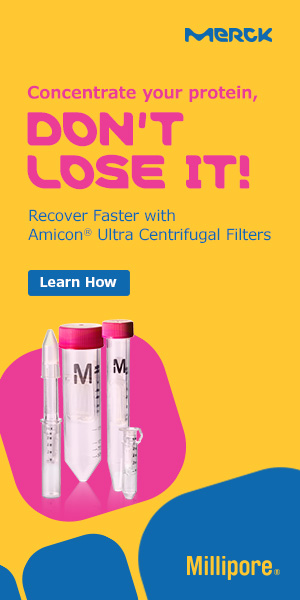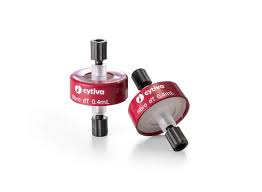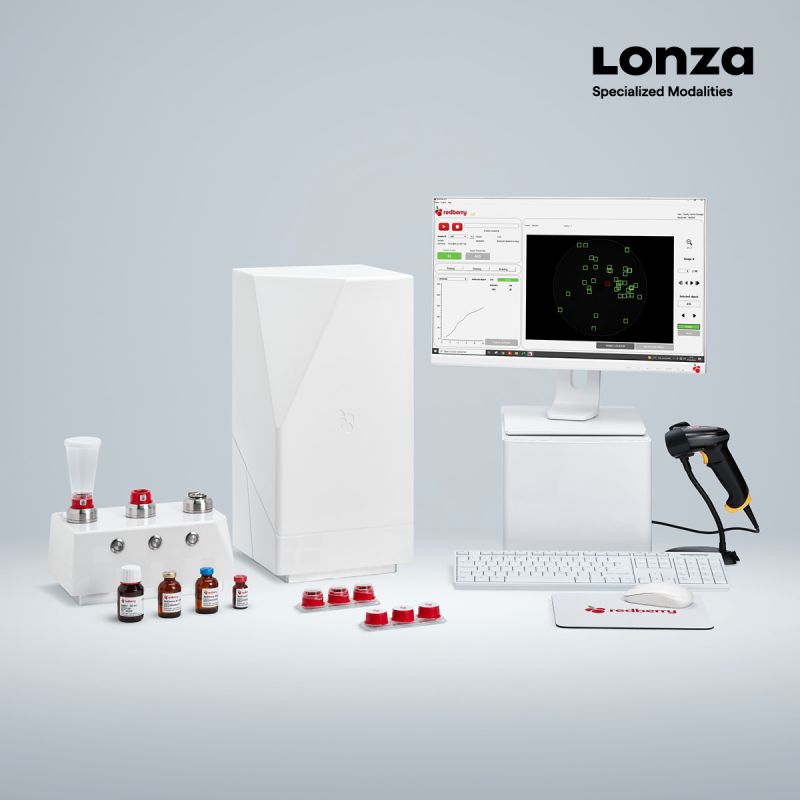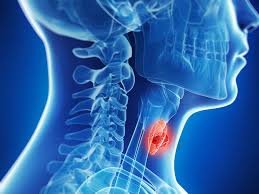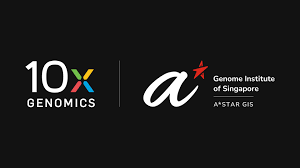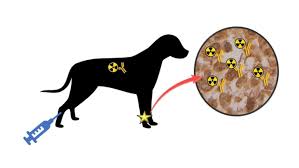— If approved, would confirm 2021 conditional approval and expand indication to more patients —
HUTCHMED (China) Limited (“HUTCHMED”) (Nasdaq/AIM:HCM; HKEX:13) today announces that the supplemental New Drug Application (“sNDA”) for savolitinib, in adult patients with locally advanced or metastatic non-small cell lung cancer (“NSCLC”) with mesenchymal epithelial transition factor (“MET”) exon 14 skipping alteration, has been accepted for review by the China National Medical Products Administration (NMPA). If approved, the new label indication for savolitinib will be expanded to include treatment-naïve patients in China.
Savolitinib was previously granted conditional approval in China for the treatment of patients with NSCLC with MET exon 14 skipping alterations who have progressed following prior systemic therapy or are unable to receive chemotherapy. Savolitinib was launched and is marketed under the brand name ORPATHYS® by our partner, AstraZeneca for this patient population, representing the first selective MET inhibitor approved in China. More than a third of the world’s lung cancer patients are in China and, among those with NSCLC globally, approximately 2-3% have tumors with MET exon 14 skipping alterations.
Preliminary efficacy and safety data from the first-line cohort of the confirmatory Phase IIIb clinical trial (NCT04923945) were presented during the IASLC World Conference on Lung Cancer (WCLC) in September 2023. Final data from the confirmatory Phase IIIb trial were presented at the European Lung Cancer Congress on March 20, 2024.
The data from this study provide confirmatory evidence for savolitinib as a targeted treatment option for treatment-naïve or previously treated patients with MET exon 14 skipping alteration NSCLC. In treatment-naïve patients, objective response rate (“ORR”) was 62.1% (95% CI: 51.0% to 72.3%), disease control rate (“DCR”) was 92.0% (95% CI: 84.1% to 96.7%) and median duration of response (“DoR”) was 12.5 months (95% CI: 8.3 months to 15.2 months), as assessed by an independent review committee. Median progression free survival (“PFS”) was 13.7 months (95% CI: 8.5 months to 16.6 months) and median overall survival (“OS”) was not reached with median follow-up of 20.8 months. In previously treated patients, ORR was 39.2% (95% CI: 28.4% to 50.9%), DCR was 92.4% (95% CI: 84.2% to 97.2%) and median DoR was 11.1 months (95% CI: 6.6 months to not reached), as assessed by an independent review committee. Median PFS was 11.0 months (95% CI: 8.3 months to 16.6 months) and median OS was not mature with median follow-up of 12.5 months. Responses occurred early (time to response 1.4-1.6 months) in both treatment-naïve and previously treated patients. The safety profile was tolerable and no new safety signals were observed. The most common drug-related treatment-emergent adverse events of Grade 3 or above (5% or more of patients) were abnormal hepatic function (16.9%), increased alanine aminotransferase (14.5%), increased aspartate aminotransferase (12.0%), peripheral oedema (6.0%) and increased gamma-glutamyltransferase (6.0%).







